Did Pablo Picasso, one of history’s great painters, really steal the Mona Lisa? Keep reading and Jodi Cranston will tell you. In fact, she can tell you the owners (including thieves) of hundreds of great paintings spanning centuries. The virtual museum she created, Mapping Paintings, went live this summer, displaying 750 artworks by 200 masters, with maps and timelines detailing what’s known about their ownership lineage.
The site is the product of six years of work by Cranston, a College of Arts & Sciences professor of history of art and architecture, and a team of CAS students. Its aim, she says, is to help viewers see “the interrelationship between an artwork and its changing historical context.” Here are five masterworks from the site, augmented by Cranston’s observations about the paintings’ backstories.
Mona Lisa (Leonardo da Vinci, 1517)
Da Vinci took his tour de force to France, where King Francis I added it to the royal collection until the Louvre acquired it in 1799. In 1911, an Italian thief “decided that this really belongs to Italy,” Cranston says, and walked out the door with the painting. “They didn’t even notice it was missing for a good full day.” Picasso was questioned because he “loved Italian Renaissance art,” but his distress over the theft may have helped clear him. The real thief ultimately moved the Mona Lisa to Florence, where he was discovered and arrested. In 1914 the painting was returned to the Louvre, where it has been ever since.
Portrait of Giulio Romano (Titian, 1536)
Acquired by England’s King Charles I, who was later beheaded, the work passed through a series of owners until 1975, when it was acquired by Philippine President Ferdinand Marcos and his wife, Imelda. Before the dictator was deposed in 1986, they were as avid in their art-collecting as Imelda Marcos was in accumulating shoes. (An estimated 2,700 pairs were found at the presidential palace after she and her husband were forced to flee the country.) Stripped from the Marcoses after the overthrow, Portrait is now owned by Italy’s Museo Civico di Palazzo Te, but Cranston says its former owners are fixed in her mind, as she finds herself “thinking about the picture surrounded by the shoes.”
Dos Mujeres (Salvadora y Herminia) (Frida Kahlo, 1928)
Boston’s Museum of Fine Arts purchased this oil-on-canvas last year from the family of a wealthy American industrialist who bought it the year after its completion. At the time, Kahlo was a still relatively unknown artist. The purchase “shows this wealthy individual who was really willing to go to pretty remote locations and buy work of a not-yet-established artist for his own collection,” says Cranston. “What I’ve read in multiple sources is that he paid three pesos for this. Now, I’m hoping that’s just really wrong,” considering Kahlo’s work goes for millions today.
Rest on the Flight (Titian, 1515)
This snapshot of the Holy Family’s flight to Egypt was a homebody for most of its existence. It was owned by the Hapsburg family for more than two centuries, then acquired by England’s Marquess of Bath in 1878 and held by that family for another century and a quarter. Then in 2002, it was stolen and went missing for seven years. “It turns up in a plastic bag at a bus stop” in London, says Cranston—shabby treatment for an artwork worth at least $8 million. The thief was not caught. It was restored to the current Marquess of Bath.
Liberty Leading the People (Eugene Delacroix, 1830)
Delacroix’s painting commemorated the 1830 revolution that led to the overthrow of King Charles X of France. His successor, Louis Philippe I, put it in his palace. The Louvre acquired the painting in 1874 and kept it there until 2012, when it was transferred to a satellite location. There, a woman defaced it, writing on it with black marker the inscription “AE911,” a conspiracy-theory website claiming the real culprits of the September 11 terrorist attacks have been covered up. The markings were cleaned off. From being venerated as a symbol of freedom to its use as a billboard for crackpot ideas, Cranston says, the painting demonstrates “how much art can really have this impact on people’s actions.”
Mapping Paintings was created with support from the Kress Foundation and BU’s Rafik B. Hariri Institute for Computing and Computational Science & Engineering.









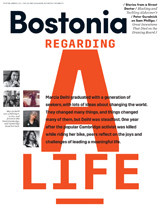

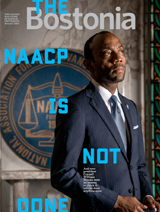


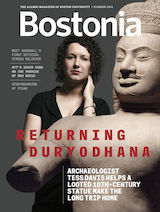
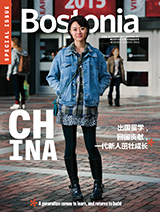




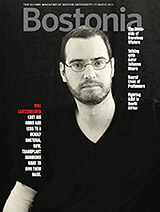



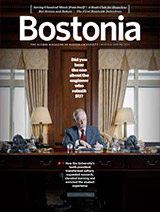





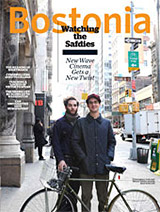







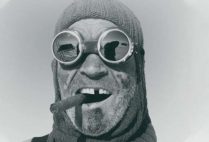




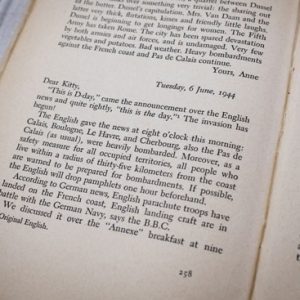

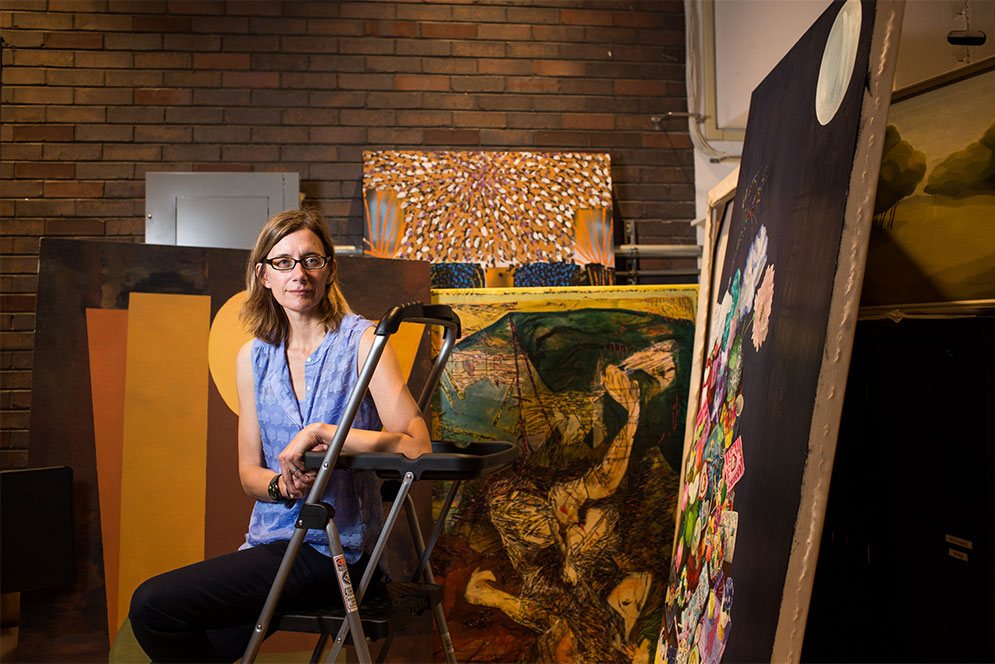





Related Stories
BU Love Stories
Meet couples whose romance started on campus in our Valentine’s Day photo essay
Documenting the Real Story Behind Boston Memory Sites
BU students publish their findings on crowdsourced website
Pop Art Is Alive and Well
Molly Rosner (CFA’13) creates graphic design firm staffed with BU students
Post Your Comment